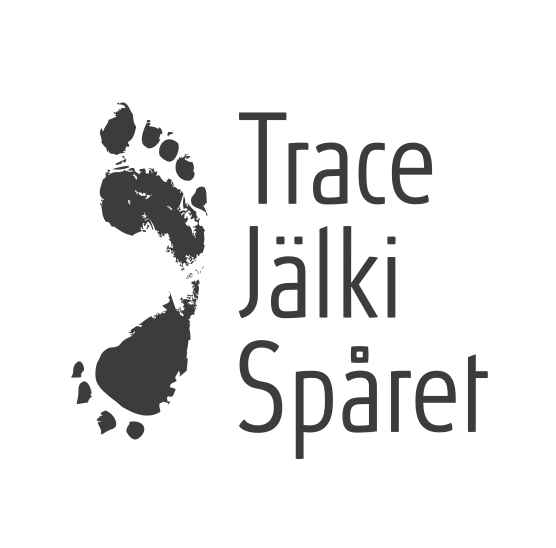Thinking with traces: A posthumanist reading of human and nonhuman agencies in Zhu Yingchun’s The Language of Bugs
DOI:
https://doi.org/10.23984/fjhas.136668Keywords:
insects in literature, insect writing, multispecies literature, nonhuman agency, posthumanist reading, nonhuman languageAbstract
The Language of Bugs by Zhu Yingchun (2018) is an art book wavering between the linguistic and the bodily, visual arts and literature. Consisting of thousands of traces left on paper by real-life insects and their bodily movements, it does not contain any text traditionally readable for humans, but claims to be a book written entirely in the language of insects. The traces indicate nonhuman agency for the insects and present writing and literature as subjects of nonhuman actions and messy interspecies collaboration. At the same time, the book rises questions on insect “language” and the possibility of ethical representation originating from a very human point-of-experience. In this article, I reflectively explore different crossings of human and nonhuman agencies in The Language of Bugs, as well as how the book engages with questions of representation and materiality, writing and literature in the framework of posthumanist reading. I analyse the book as participating in the attempt to notice more-than-human ways of being in literature and culture, which are traditionally only perceived through human agency. The context of my reading is threat posed by ecological crises and especially the decline in insect populations for the future of the planet. I argue that Zhu Yingchun’s book represents a wider shift in thinking about the natural world and humans’ place in it. Ultimately, the book articulates one very basic question: can literature widen to include traces of nonhuman movements?

Downloads
Published
Issue
Section
License
Copyright (c) 2024 Sofia Bister

This work is licensed under a Creative Commons Attribution 4.0 International License.





